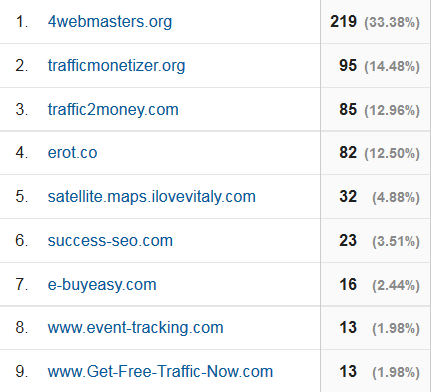There is much hoopla in online marketing about the process of lead generation. Leads can be turned into sales, which is what we all seek, but what actually is lead generation? How literal is the “generation” part – can inbound marketing actually create leads? Can marketing tactics actually transform someone into a buyer? As in affairs of the heart, can you push someone to act before they are ready?

Thinkstock/iStock
The short and evasive answer is “we can nurture interest to a positive outcome”. Let’s expand on this and hopefully clarify what lead generation is and what it isn’t. And while we are at it, let’s talk a little bit about online (business) relationships.
Lead generation is…
Lead generation is a process of moving potential clients/customers along a line to a condition where they are ready to buy.
Most online visitors start out as strangers to you and your company so they need some good ol’ fashioned courtin’. As with starting any new online relationship, it’s important to find out what they’re all about before asking for their heart.
Lead generation tactics involve an exchange of information from both parties, buyer and seller, to get to know each other enough to trust one another and move the relationship forward. A classic example of such is the buyer exchanging his or her contact info for something valuable that the seller may offer, such as a whitepaper or a webinar.
The important point is that leads come from those that have a problem, need or want. They eventually need to make a buying decision and lead generation facilitates their buyer’s journey.
Lead generation is not…
This may be fairly obvious, but it should be said for clarity. Leads do not appear out of “thin air” especially in B2B selling. Impulse and emotion are minimal in most business decisions – business folks go that extra mile to be responsible shoppers.
It also must be said that people go to your website for many fact-finding reasons; some may be doing research from the other side of the planet and some may be your ideal customers, ready to buy soon. (Some may actually be trying to sell YOU something.) It’s the Internet and you may have to kiss a few frogs to find those you have an actual chance to do business with.
You will attract potential buyers — it’s a numbers game and you have a wide audience. The reality is that seductive web pages, magic emails, or pushy advertising will likely not turn fact-finding into “buy now”. In B2B, buyers are ready to buy when they feel ready to buy. No amount of push is going to influence their decision or timetable — especially nowadays.
In conclusion…
Lead generation is not a recipe for spitting out qualified leads at the touch of a mouse click. It’s damn hard work attracting the right buyers and then building relationships and trust. You set the stage, answer all the questions and provide the best info.
Inbound marketing methods, powered by marketing automation, gives you a process and the tools to generate leads. The leads come from an Internet full of people searching your product and services at different stages of fact-finding.
The trick is to have eventual buyers find your company just at the right time in their buyer’s journey. Early enough so they can appreciate that your product or service is the right choice but committed enough that they are actually going to buy something.
Really, lead generation is more like lead qualification. The tactics that result in lead generation are not “magically” creating leads from thin air. Nor are they, in reality, taking casual interest and converting in into burning need or desire. As they say, you can’t make someone love you.
Someone has a problem, need or a want. You just need to find each other. Call it lead generation, lead qualification, or just finding that perfect match over the Internet.




 When in need of a social media manager or community manager we often assume that if we hire a person born after 1990 that they should automatically be qualified for the job. I don’t mean this as a good or bad thing, but simply as an assumption that we make, myself included. Now that I am in charge of coaching and managing a junior team of community managers I realize that they need as much support as any other role within a company. To help you find the right fit for your team, here are a the top 3 tips to find a great social media manager, rookie or experienced.
When in need of a social media manager or community manager we often assume that if we hire a person born after 1990 that they should automatically be qualified for the job. I don’t mean this as a good or bad thing, but simply as an assumption that we make, myself included. Now that I am in charge of coaching and managing a junior team of community managers I realize that they need as much support as any other role within a company. To help you find the right fit for your team, here are a the top 3 tips to find a great social media manager, rookie or experienced. Are they confident in their answers?
Are they confident in their answers?










 And what does engagement represent?
And what does engagement represent? Overall in Canada,
Overall in Canada,  Another example could be that you have a new product and want to get feedback from your audience. In that case, you might offer a free sample, use a social network like Facebook to create a forum, or ask your audience to spread the word by sharing pics on Instagram.
Another example could be that you have a new product and want to get feedback from your audience. In that case, you might offer a free sample, use a social network like Facebook to create a forum, or ask your audience to spread the word by sharing pics on Instagram.


